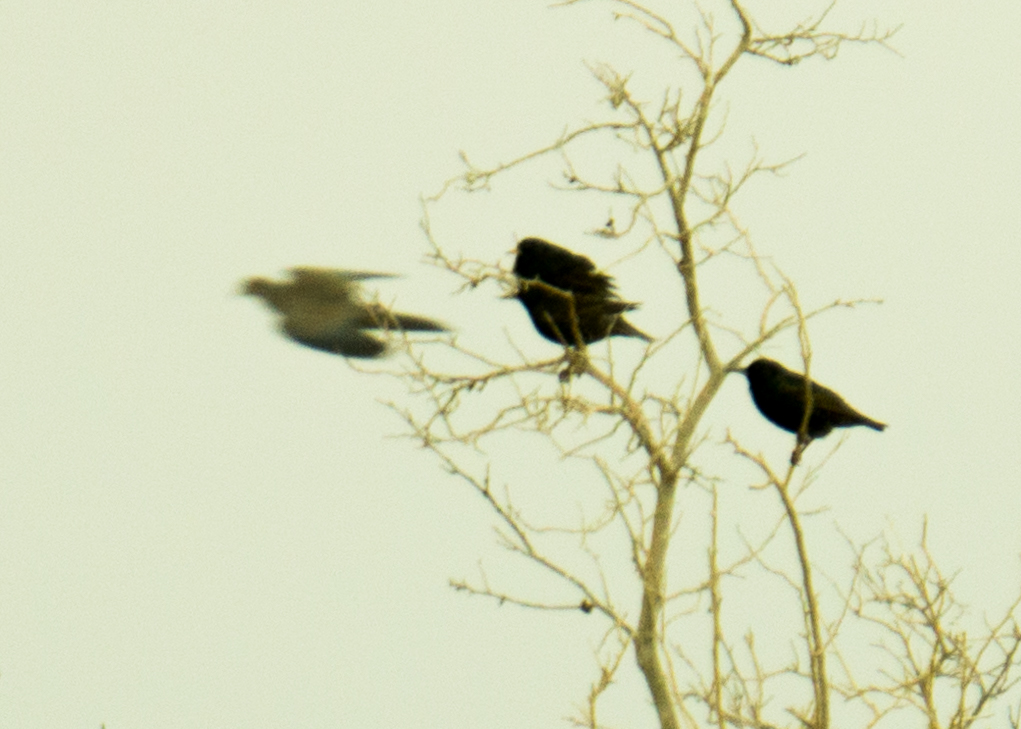
Inaugural Bird Omens
By Annie Connole
inauguration (n.)
1560s, from French inauguration “installation, consecration,” and directly from Late Latin inaugurationem (nominative inauguratio) “consecration,” presumably originally “installment under good omens;” noun of action from past participle stem of inaugurare “take omens from the flight of birds; consecrate of install when omens are favorable,” from in– “on, in” (see in- (2)) + auguare “to act as an augur, predict” (see augur (n.))
“Keep your #eyes to the #skies tomorrow for the #inauguration for the #birds do no tell
#lies on how the #winds of change shall blow.”
– Maja D’Aoust, January 19, 2017
Signals Lost
The baby bird lay still in the sand beneath my gate. Open beak and neck, disproportionately larger than the rest of the tiny body, are stretched out, waiting to be filled.
Rain had been falling all through the final days of the last administration.
This story begins with the memory of hunger, depletion, lack. Signals lost when the landscape, the heart, and the head become waterlogged, and the scent, the sound that will lead home becomes obstructed by extreme weather.
There Will Be Blood
The rain keeps pouring.
In the center of the road, I find two perfect scarlet circles of blood beside a mourning dove with a wounded heart.
A Sacrifice, whispers the bird.
Of peace. Of love. Of messengers.
My heart bleeds next to the dove’s. My truck stalls before I go down the road to buy more paint so I can make a sign to say something about kindness and being awake and alive and powerful.
Prophesy
Why didn’t the coyotes take you?
I hear the story and prophecy.
Tell the village the dove is dead. Cries will be drowned out by the barking dogs.
I wonder, is it a relief to know what lies ahead?
Who will die this year? Will they be my father, mother, brother, lover, or one whose grace I have not yet seen?
Blood of roses disappears with the rain, an erasure of a life and death.
When does the blood of the bird
Become yours?
I do not pretend that this is anything but what it is.
I Know Why the Caged Bird Paces
Across the street lives a woman who is small with grey hair straight and curled under. Her skin is tan and taut. Her eyes, brown. Clothes hang on her bones.
She asks me to come inside. She needs help with her TV, with her doctor’s appointments. Calling her social worker. Figuring out how to get the physical therapy she needs to keep herself from falling over on her cement floor and cracking her head again.
A clear plastic sheet with a butterfly print separates her kitchen from the main room. In a single bed she sleeps there from late afternoon to pre-dawn. Through the butterfly veil, I see an elevated maze of several birdcages fashioned out of chicken wire, each containing one bird. Are they cages or just homes for birds?
Here in this house, I am asking if she has the card with the number of the social worker and I am looking at paperwork on hospital visits. Recommendation: Must wear oxygen mask when home. At all times.
The woman says, They want me to go to a home. But they can’t take me. I have my birds. I can’t go live in a home. What would happen to my birds?
I watch a pretty quail as she paces along the edge of her cube. Unlike the yellow cockatiel and the grey dove next to her, she appears free. Not fully caged. Three walls, not four. Wanting so much to touch ground. To go somewhere.
All the birds that live with the woman are broken in some way. For some, it may be just one wing that cannot fly. So they pace. She is pacing. Staying in motion. Stopping for too long would mean death.
Ancestors Speak
Down the block lives a man who voted for the new president. From across the fence he talks of jobs, global security, the price of everything.
When the man was very young, his mother took him to a Women’s March.
His mother enters. His mother, who has passed onto the other side, visits him as a hummingbird. She told him she would, and does.
The hummingbird flies over his head and back. Then stalls right there at the fence, fluttering in a cool hum in front of him.
Your mother is talking to you, I say.
I know.
A few days later, a woman tells me, our ancestors are always
Here among us, trying to reach us.
Let her in.
The Hen is a Hunter
I am at the neighbor’s farm, watching a baby alpaca dance, when a red hen runs through the stable, stealing something away.
As I watch her streak by, I look close to see what’s in her beak. It is grey. It writhes. A tail? A … mouse?
Yes, the hen will take the mouse and beat it until it is dead and smashed and she will peck at it …
The hen is a hunter? I had forgotten. For some, brutality and survival are one in the same.
Annie Connole, a Montana native, is a communications professional and multidisciplinary artist now based in California. She graduated from The New School with a B.A. in Arts in Context, and is pursuing an MFA in creative writing at University of California, Riverside.
Visit her website at www.AnnieConnole.com.
Photo credit: © 2017 Annie Connole.
